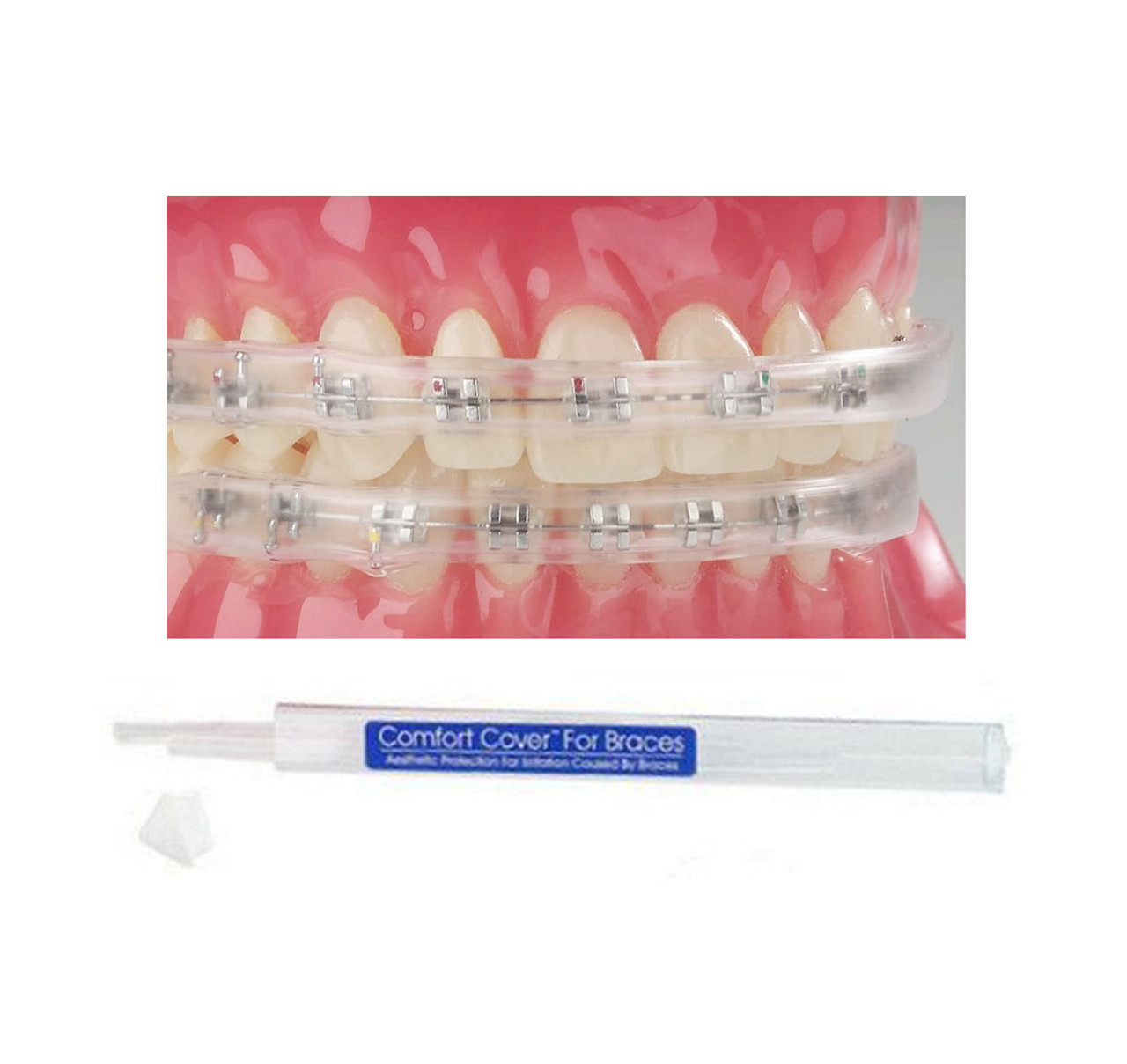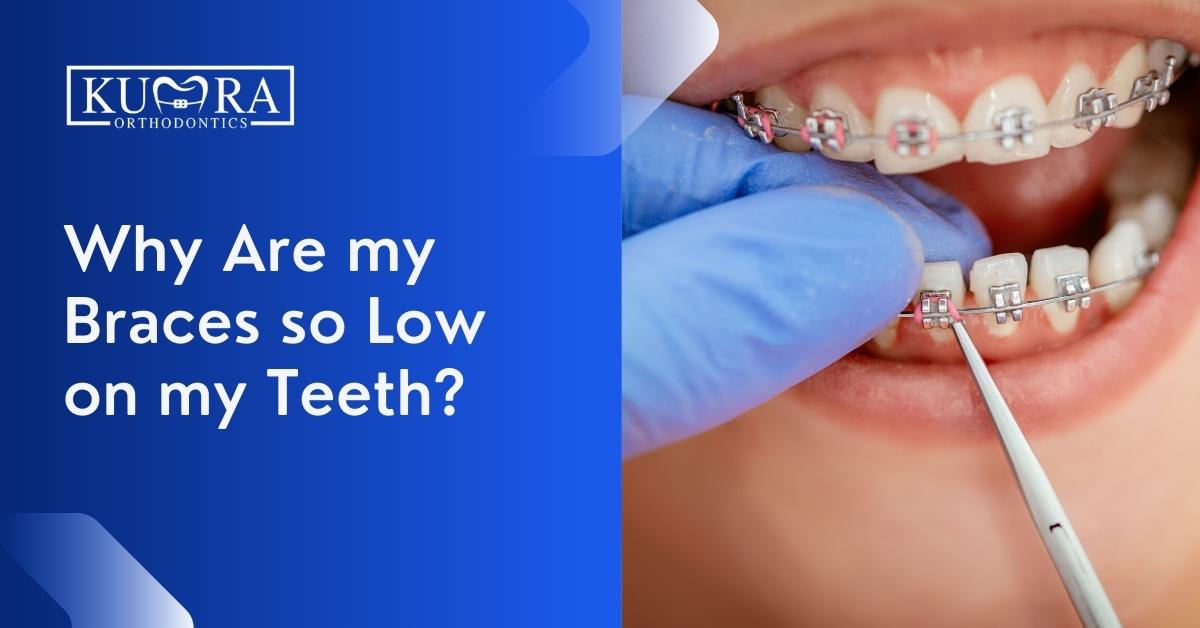How Cumming Orthodontics Can Transform Your Smile with Invisalign and Braces
How Cumming Orthodontics Can Transform Your Smile with Invisalign and Braces
Blog Article
Comprehensive Overview to Orthodontics Treatments for Remedying Oral Imbalances
In the realm of orthodontics, the trip to attaining a flawlessly aligned smile includes a myriad of treatments customized to deal with dental misalignments. From standard dental braces to invisible aligners and even medical alternatives, the area of orthodontics offers a series of options to resolve varying levels of oral abnormalities. Understanding the intricacies of each procedure, including their systems, benefits, and prospective downsides, is essential in making educated decisions concerning one's orthodontic therapy. As we navigate via the thorough guide to orthodontic treatments for dealing with dental misalignments, the detailed details of each method will certainly unravel, clarifying the course toward a unified and functional oral placement.
Orthodontic Procedures Overview

In addition to standard dental braces and clear aligners, orthodontists might additionally advise other interventions like headgear, palatal expanders, or retainers to resolve certain positioning issues (cumming invisalign). These treatments are tailored per person's special needs and might entail a combination of treatments to accomplish the desired outcomes. Regular changes and tracking are vital components of orthodontic treatment to make certain progress gets on track and to make any kind of necessary alterations along the road. By undertaking orthodontic procedures, clients can not only achieve a straighter smile yet additionally enhance their overall dental wellness and feature.
Standard Braces: Exactly How They Work
When considering orthodontic therapies for oral imbalances, standard braces stick out as a tried and true method for fixing teeth placing. Conventional dental braces consist of braces, cords, and bands that interact to apply constant pressure on the teeth, gradually relocating them right into the desired placement. The brackets are connected to the teeth making use of an unique adhesive, and the cords are threaded through the brackets. By readjusting the stress of the wires, orthodontists can control the direction and force applied to each tooth, assisting them into appropriate placement gradually.
One secret aspect of how conventional braces job is the procedure of bone remodeling. As pressure is used to the teeth with the dental braces, the bone surrounding the teeth is improved to support the new tooth placements. This renovation is important for the lasting stability of the corrected positioning. People will need regular changes at the orthodontist's workplace to ensure the dental braces proceed to apply the proper stress for efficient teeth motion.
Unseen Aligners: Disadvantages and pros
Undetectable aligners offer a hassle-free and discreet choice to conventional braces for remedying oral imbalances. These clear, tailor-made trays are essentially unnoticeable when put on, making them an appealing option for individuals seeking a much more cosmetically pleasing orthodontic therapy. Among the main benefits of unseen aligners is their removability, permitting much easier upkeep of dental health compared to traditional braces. Patients can remove the aligners before consuming or cleaning their teeth, lowering the risk of food getting embeded the home appliance and streamlining the cleansing process.

Surgical Orthodontic Options
Surgical interventions in orthodontics present practical options for attending to complex oral misalignments that might not be efficiently resolved with traditional orthodontic treatments. While traditional braces and invisible aligners can deal with several orthodontic problems, certain instances call for medical intervention to accomplish ideal results. Surgical orthodontic options are normally recommended for serious malocclusions, substantial jaw inconsistencies, and cases where the underlying bone framework needs adjustment to achieve proper alignment.
One usual surgical orthodontic procedure is orthognathic surgery, which involves repositioning the jaws to remedy practical problems such as problem speaking or eating. This surgery is typically carried out in partnership with an orthodontist who helps line up the teeth before and after the treatment. Surgical orthodontics might also involve treatments to reveal influenced teeth, eliminate excess periodontal cells, or reshape the jawbone to develop an extra unified face account.
Prior to considering surgical orthodontic options, people undertake a detailed evaluation to determine the need and prospective benefits of such treatments. aligners. While surgical treatment might appear overwhelming, it can substantially enhance both the function and appearances of the smile try this site in instances where traditional orthodontic therapies fail
Retainers and Post-Treatment Treatment

Failure to conform with post-treatment treatment instructions can result Look At This in relapse, where the teeth progressively move back towards their initial positions. Consistent retainer wear, good oral health, and regular dental examinations are essential for keeping the outcomes accomplished with orthodontic surgical procedure and guaranteeing the long-term stability of the fixed dental alignment.
Verdict
To conclude, orthodontic procedures use various options for fixing oral misalignments. Standard dental braces make use of metal brackets and wires to shift teeth right into proper placement. Invisible aligners offer an even more very discreet option but may not be ideal for all situations. Surgical orthodontic choices are offered for extra extreme imbalances. Retainers are generally utilized post-treatment to maintain the new positioning. Overall, orthodontic treatments can properly boost oral health and aesthetic look.
As we browse with the extensive overview to orthodontic procedures for correcting oral imbalances, the intricate details of each technique will certainly unravel, losing light on the course towards a practical and unified oral positioning. - cumming orthodontics
One of the most common orthodontic therapies is the use of braces, which are composed of metal braces and cables that use gentle stress to progressively move teeth into the preferred position.When considering orthodontic therapies for oral imbalances, conventional dental braces stand out as a reliable approach for dealing with teeth placing. Additionally, unseen aligners may not be ideal for complex orthodontic concerns that need even more considerable teeth activity, as they are typically suggested for light to moderate situations. Retainers are personalized orthodontic devices made to hold teeth in their corrected positions after the completion of orthodontic treatment.
Report this page